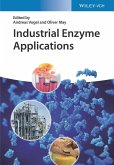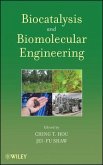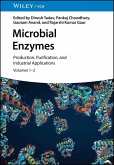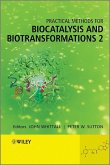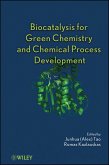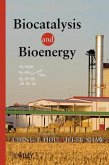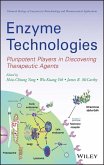Provides clear and comprehensive coverage of recently developed applied biocatalysis for synthetic organic chemists with an emphasis to promote green chemistry in pharmaceutical and process chemistry This book aims to make biocatalysis more accessible to both academic and industrial synthetic organic chemists. It focuses on current topics within the applied industrial biocatalysis field and includes short but detailed experimental methods on timely novel biocatalytic transformations using new enzymes or new methodologies using known enzymes. The book also features reactions that are "expanding and making the enzyme toolbox available to chemists"--providing readers with comprehensive methodology and detailed key sourcing information of a wide range of enzymes. Chapters in Applied Biocatalysis: The Chemist's Enzyme Toolkit are organized by reaction type and feature a short introductory section describing the current state of the art for each example. Much of the book focuses on processes for which the enzymes are readily available so that organic chemists can synthesize appropriate quantities of chemicals with available materials in a standard chemical laboratory. Advanced methods are included to present examples of new enzymes that might encourage collaboration with suppliers or academic groups and that will educate chemists of rapidly expanding future possibilities. * Focuses on current topics within the applied industrial biocatalysis field * Offers experimental methods on novel biocatalytic transformations using new enzymes or new methodology using known enzymes * Covers the hot topics of enzyme and chemoenzymatic cascades and biocatalysis in flow * Edited by noted experts from both academia and industry with years of experience in the field of biocatalysis--particularly, the industrial applications of enzymes Written for synthetic organic chemists working in all industries but especially the pharmaceutical industry and for those in academia with an eye for biocatalysis, Applied Biocatalysis: The Chemist's Enzyme Toolkit will also benefit academic groups in chemistry and related sciences that are using enzymes for synthetic purposes, as well as those working in the area of enzymology and molecular biology.
Dieser Download kann aus rechtlichen Gründen nur mit Rechnungsadresse in A, B, BG, CY, CZ, D, DK, EW, E, FIN, F, GR, HR, H, IRL, I, LT, L, LR, M, NL, PL, P, R, S, SLO, SK ausgeliefert werden.



